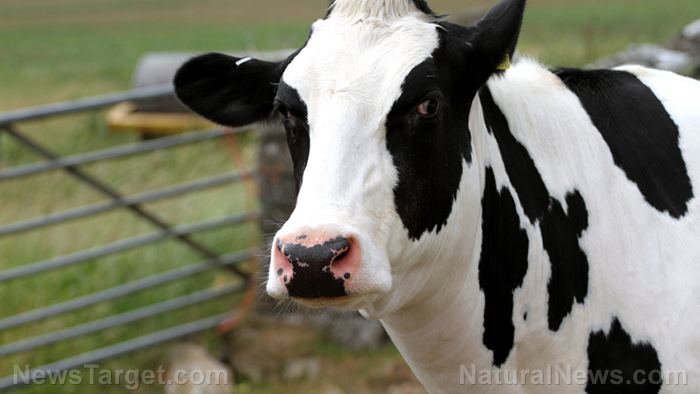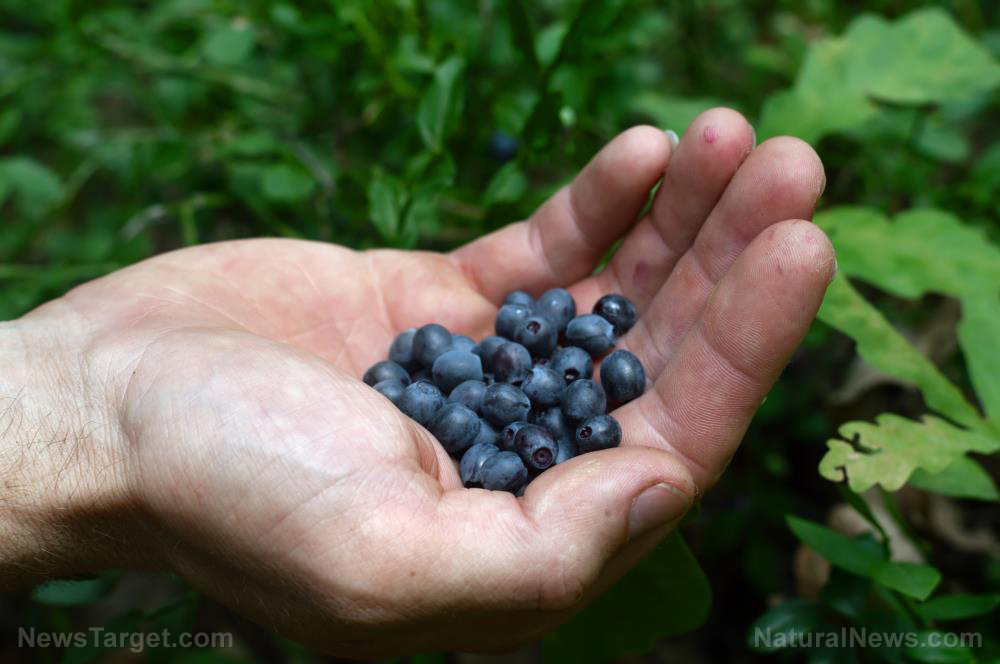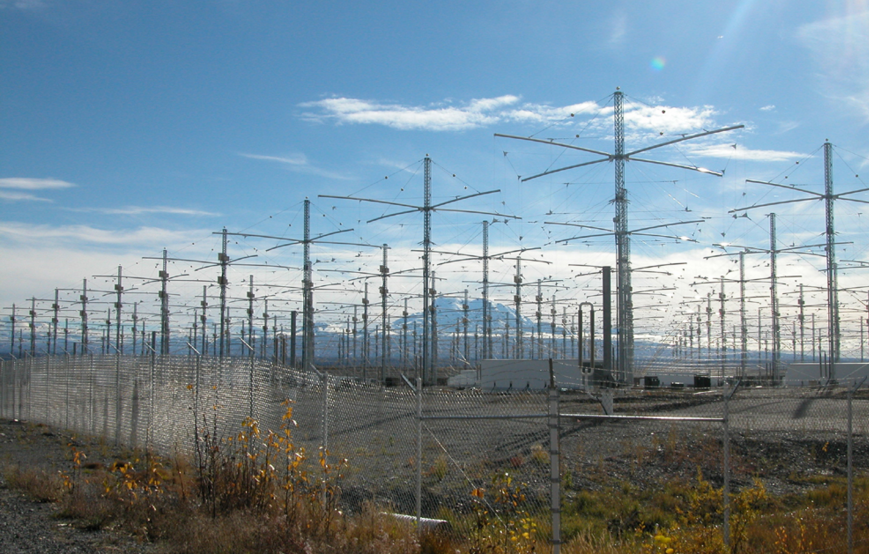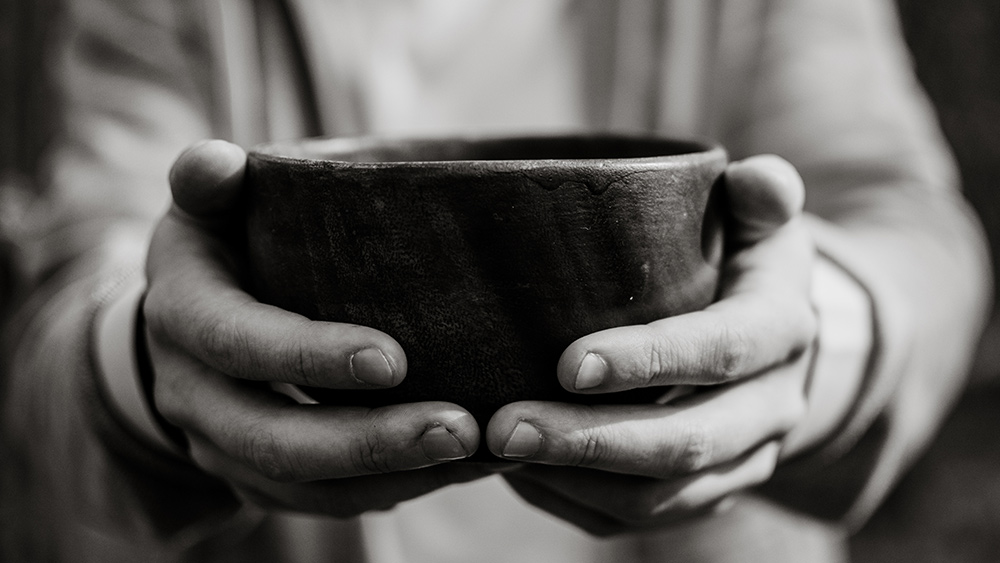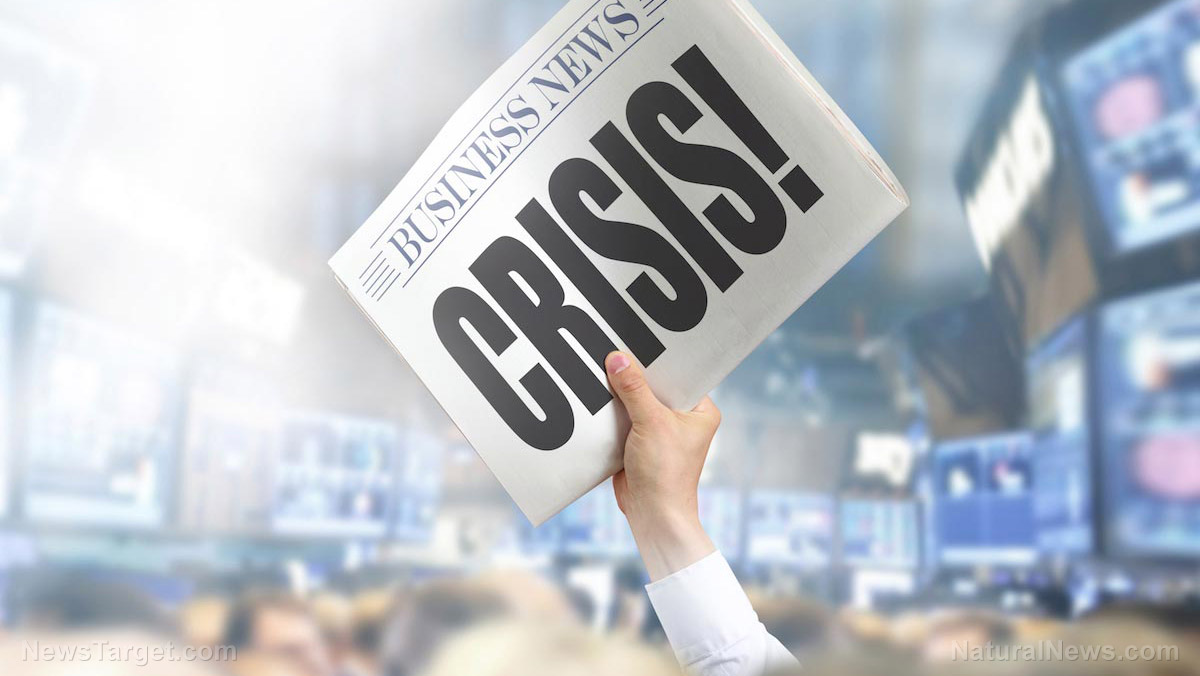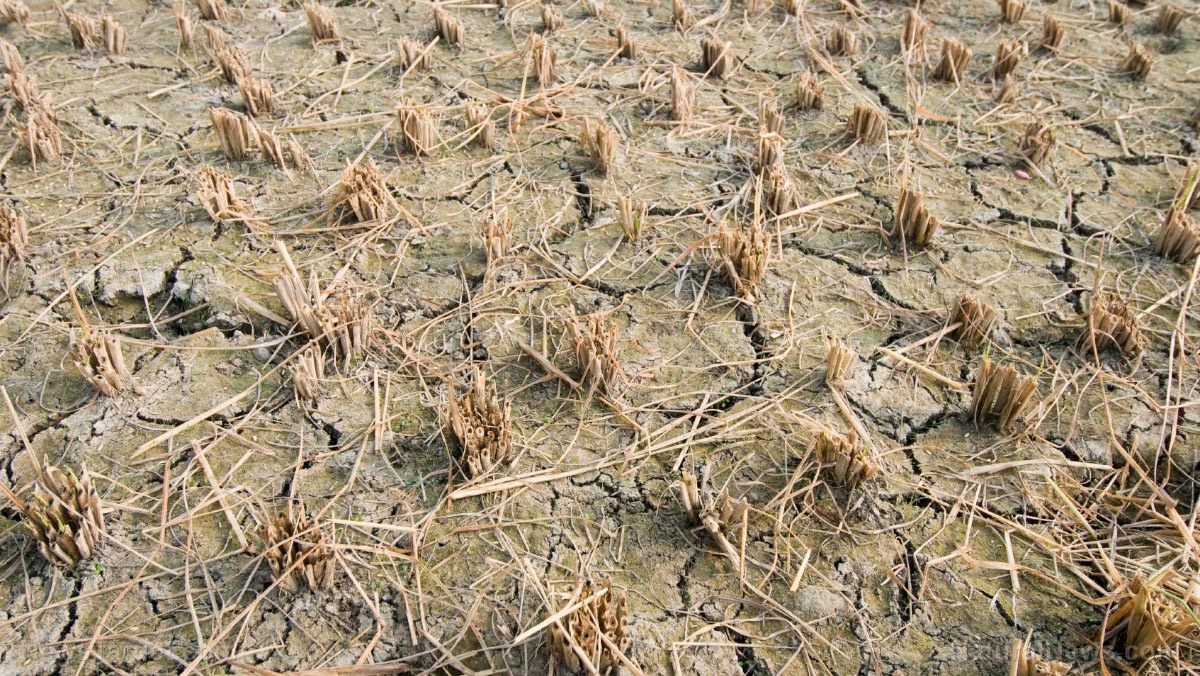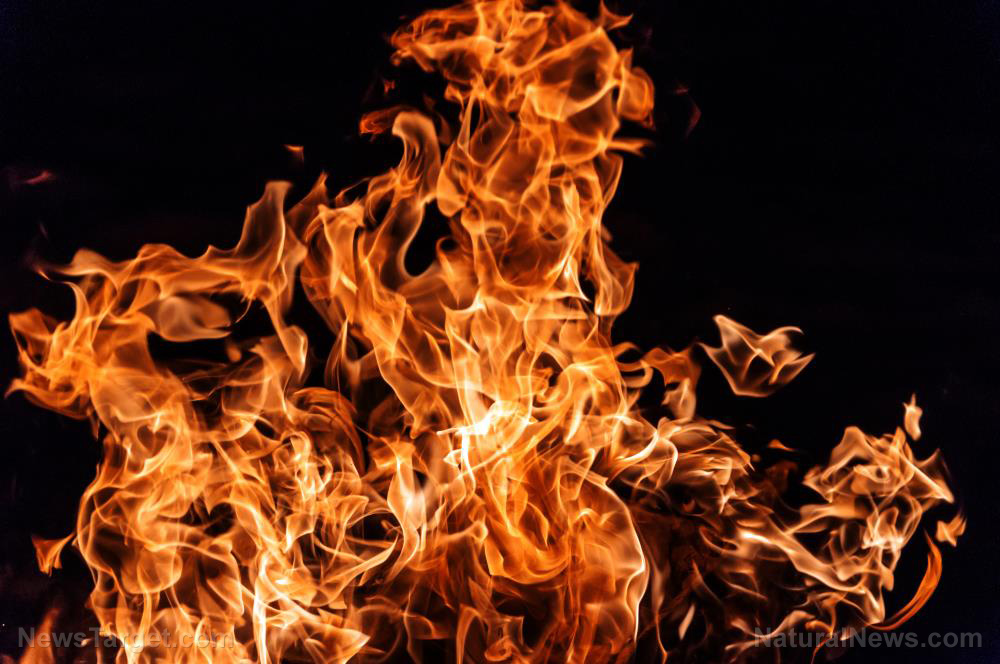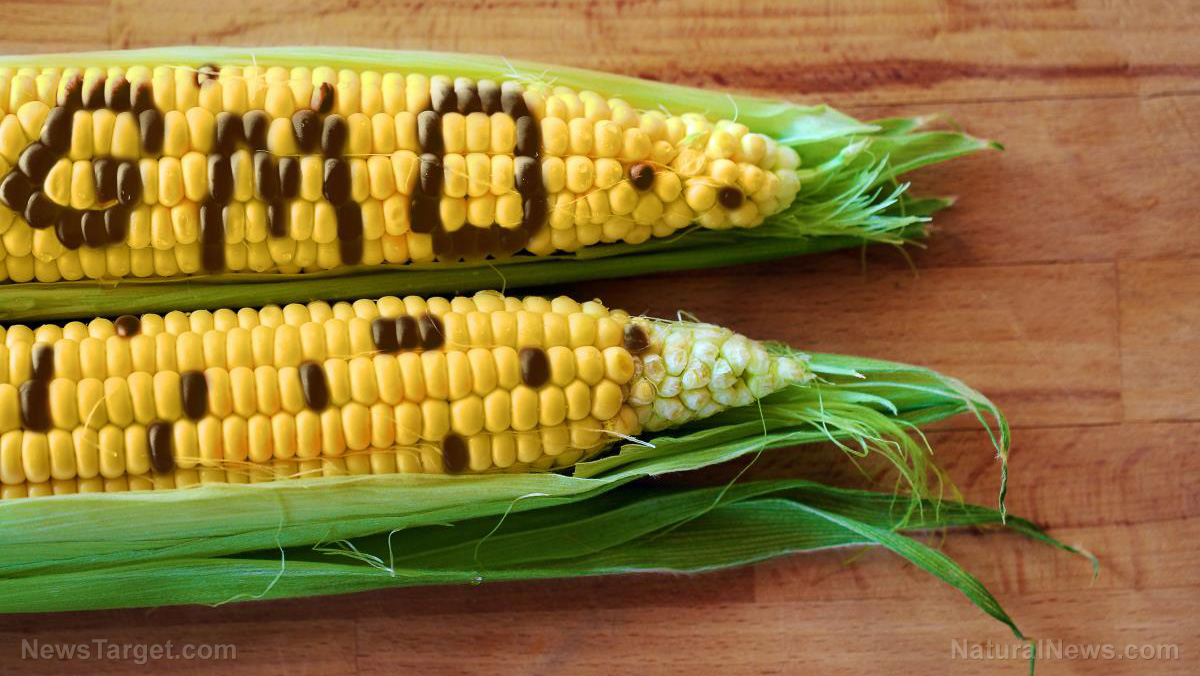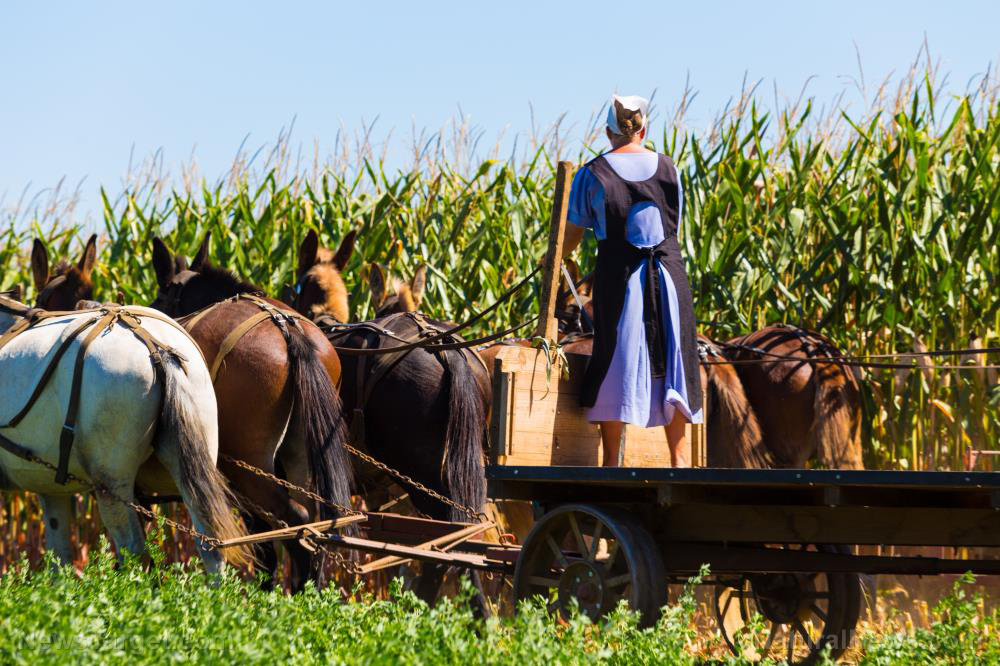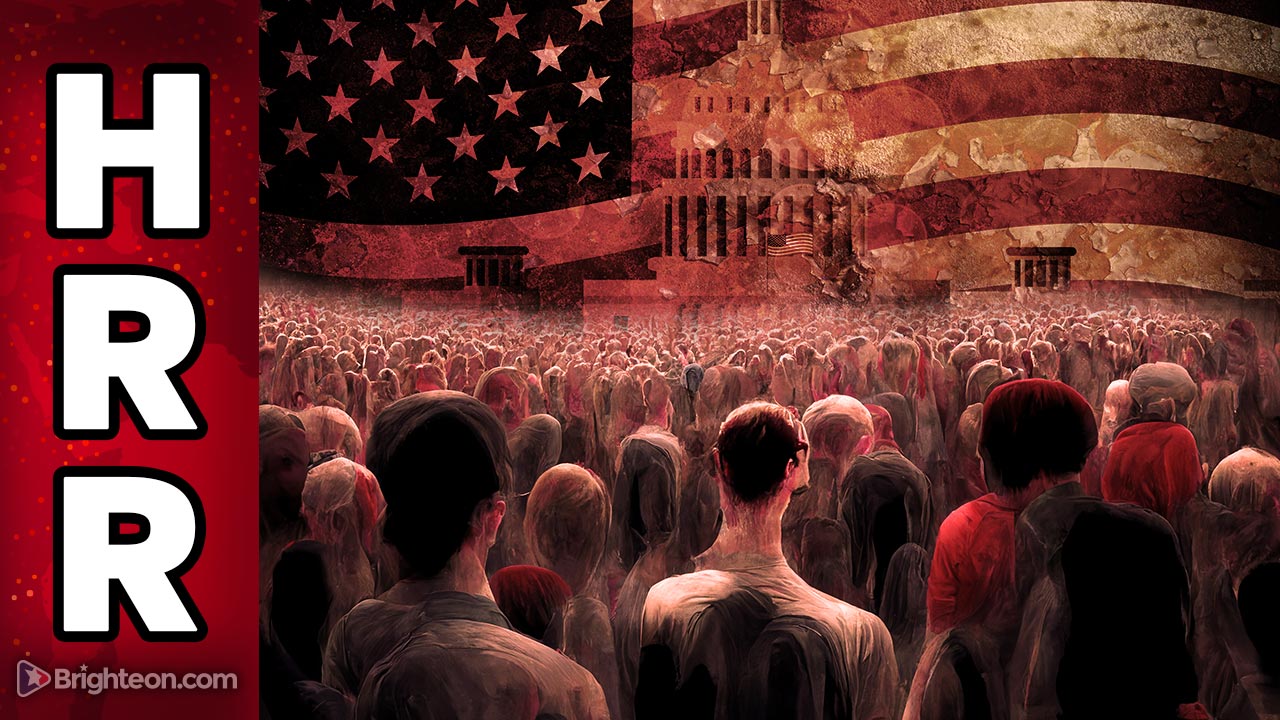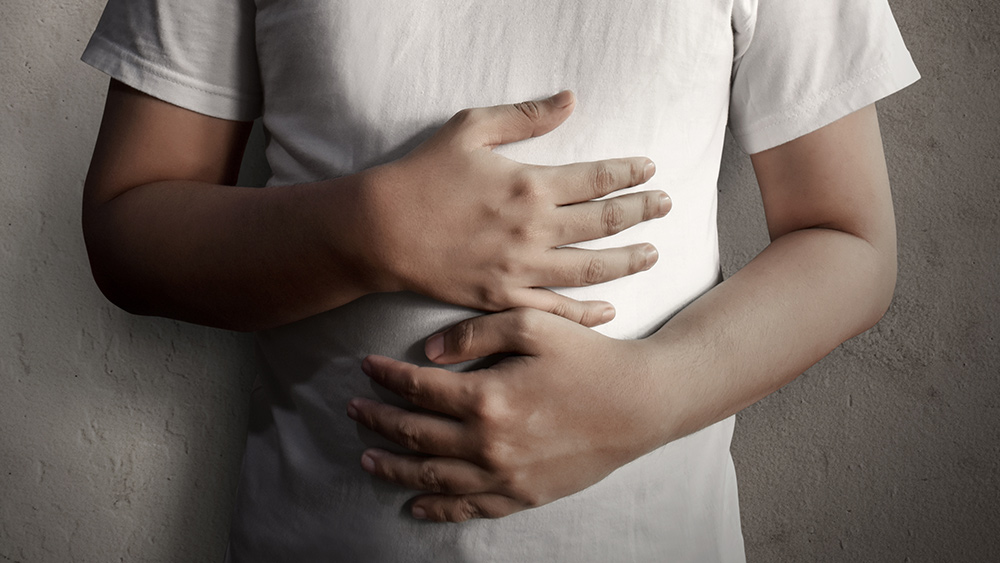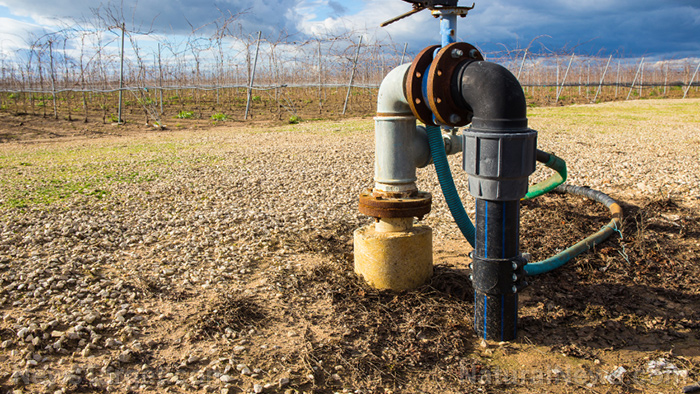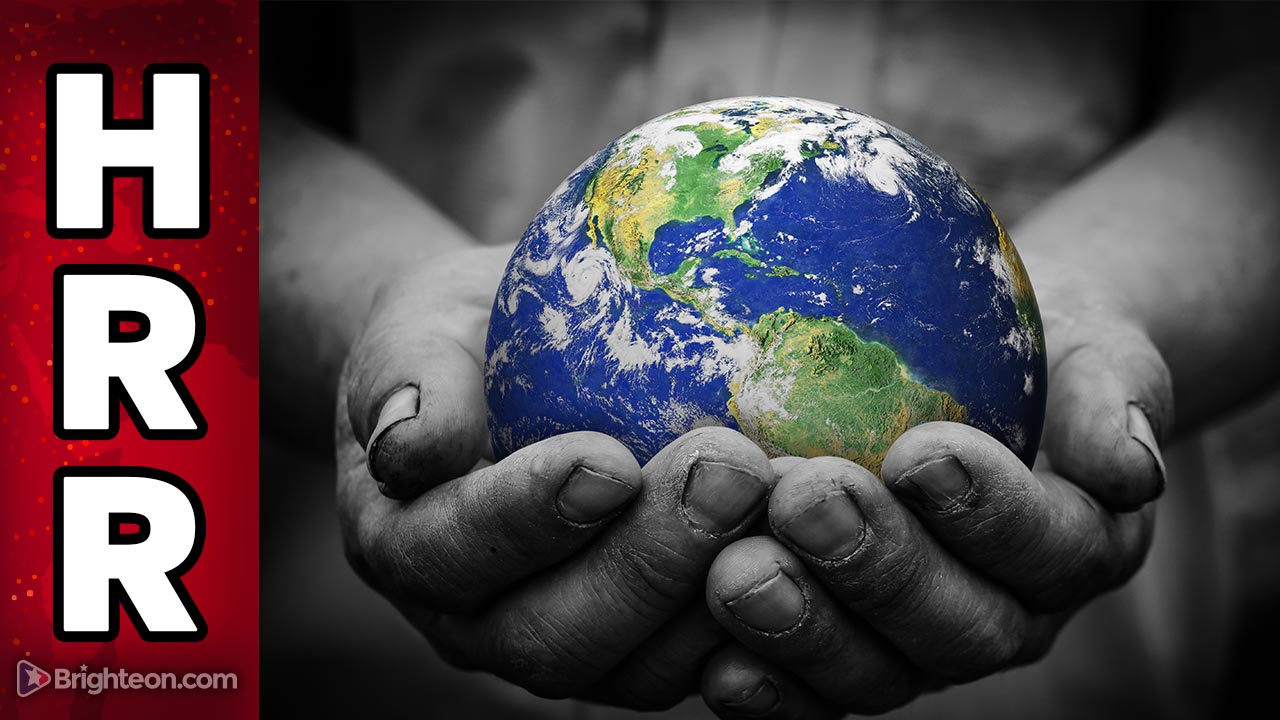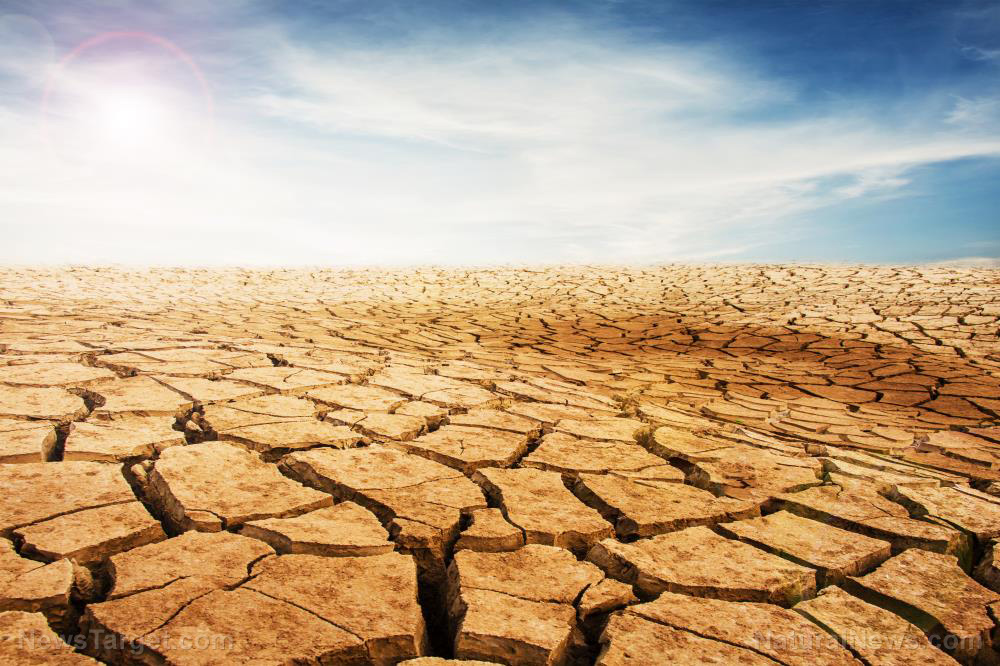Uprising in Panama accelerates as collapsing economy worsens
07/22/2022 / By Arsenio Toledo
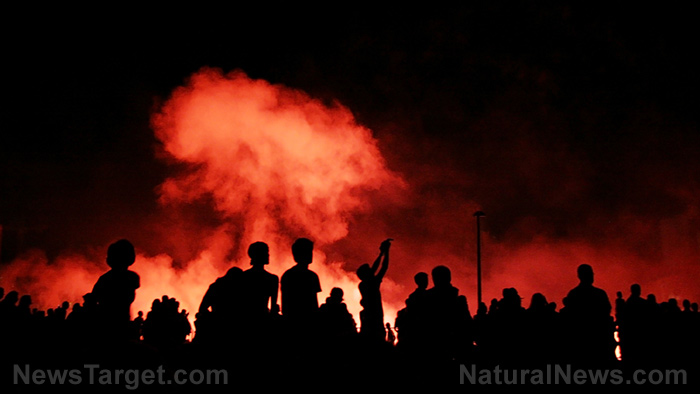
Protests in Panama have been going on for over three weeks now, with no signs that the demonstrations will end soon despite attempts by the government to hold negotiations and make concessions to protest groups.
Unemployment in Panama has surged to about 10 percent. The inflation rate was 4.2 percent in May and 5.2 percent in the year through June. Fuel costs have increased by nearly 50 percent since January. These compounding problems have also brought on severe shortages on food, medicine and other essential goods. (Related: Massive uprising erupts in Panama over inflation and deteriorating economic conditions.)
“The current situation in Panama is unbelievable,” medical student Janireth Dominguez told Al Jazeera. “There are no medical supplies, there are salary cuts and there is no work. There is no money to pay the doctors. As a student, the future worries me a lot.”
The protesters have marched in cities and towns all over Panama. Unions, indigenous groups and other organizations have gone on strikes and walkouts. The protesters have also blockaded important roads, including the Pan-American Highway, where 80 percent of the country’s fruits and vegetables move through.
In the province of Veraguas, the blockade of the Pan-American Highway has prevented goods offloaded in the Panama Canal from reaching the rest of the country, resulting in food and energy shortages. Tankers carrying gas to run power generation plants are unable to reach their destination.
The national electric company has already instituted power rationing in the province of Darien, where thousands of families now only have electricity for 11 hours of the day.
In Panama’s main wholesale market in the capital, which supplies both supermarkets and individual consumers, not a lot of people went through due to the lack of available goods. Display tables usually stacked high with produce had significantly less food to offer.
“This stand was always full. Now I don’t have many products,” said vendor Victor Palacios. “Yesterday there wasn’t much merchandise.”
Palacios’ produce comes from the highlands in the western province of Chirique. “What little has arrived from there is expensive and damaged,” he said.
“Everything is stuck. Few things arrive,” said Roberto Villareal, another seller. “A little tomato, onions, peppers or carrots and potatoes. And usually, we can only sell 30 percent or so of what arrives. The rest is already ruined for being blocked for days.”
Groups representing agricultural producers have noted that the protests have caused more than $130 million in losses so far. These same producers have asked the protesters to establish “humanitarian corridors” to allow food to reach the people.
Negotiations failed as protesters demand more economic concessions from the government
Panamanian President Laurentino Cortizo unsuccessfully tried to reach an agreement with the protest groups leading the largest demonstrations. He announced measures to cut fuel costs and put a cap on the price of basic food items.
“One of the problems now hitting Panamanians and the world is rising fuel prices and the consequences,” said Cortizo. “For that reason, I set up talks to address high fuel costs directly impacting the cost of staple foods, with the objective of finding concrete and feasible solutions.”
Cortizo’s administration agreed to reduce gas prices from the initial concession of $3.95 per gallon to $3.25 per gallon, over a third less than the $5.2 per gallon price in June before the massive protests began.
But this was not enough to appease the protesters, who maintained existing roadblocks and erected new ones after the negotiations broke down.
“The situation is critical,” said Humberto Montero, a member of one of the teachers’ unions that has led the protests.
Apart from more economic concessions, the demonstrators are also demanding actions to rein in corruption and public spending.
Learn more about protests against government inaction worldwide at Uprising.news.
Watch this clip showing thousands of protesters marching through a busy street in Panama.
This video is from the Secure Life channel on Brighteon.com.
More related stories:
Food and fuel shortages, price spikes continue to get worse in protest-hit Ecuador.
Peru’s leftist government calls in military, imposes curfew to crack down on inflation protests.
Sources include:
Submit a correction >>
Tagged Under:
big government, blockades, bubble, chaos, civil unrest, Collapse, demonstrations, economic collapse, economic crisis, economy, Inflation, mass uprising, Panama, protests, roadblocks, shortages, strikes, uprising
This article may contain statements that reflect the opinion of the author
RECENT NEWS & ARTICLES
COPYRIGHT © 2017 FOOD SUPPLY NEWS


